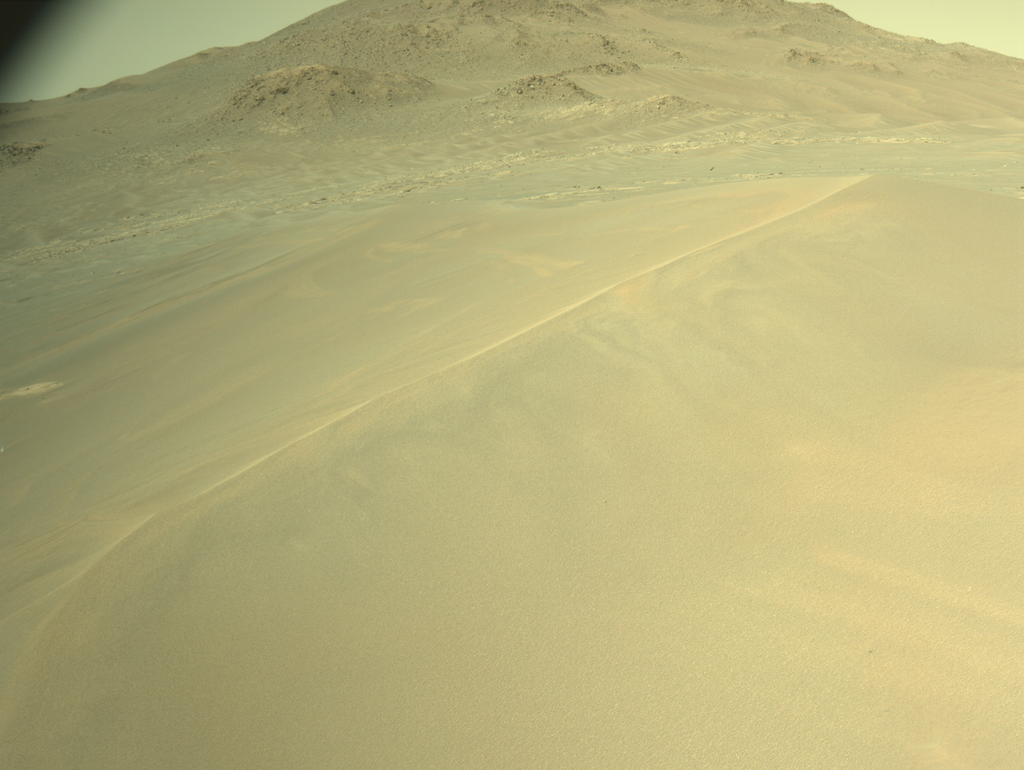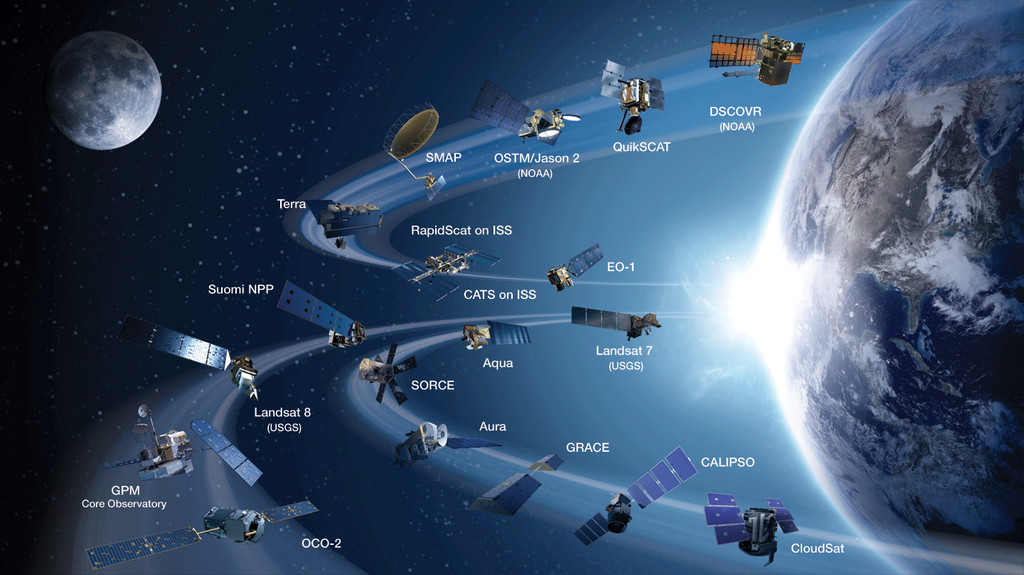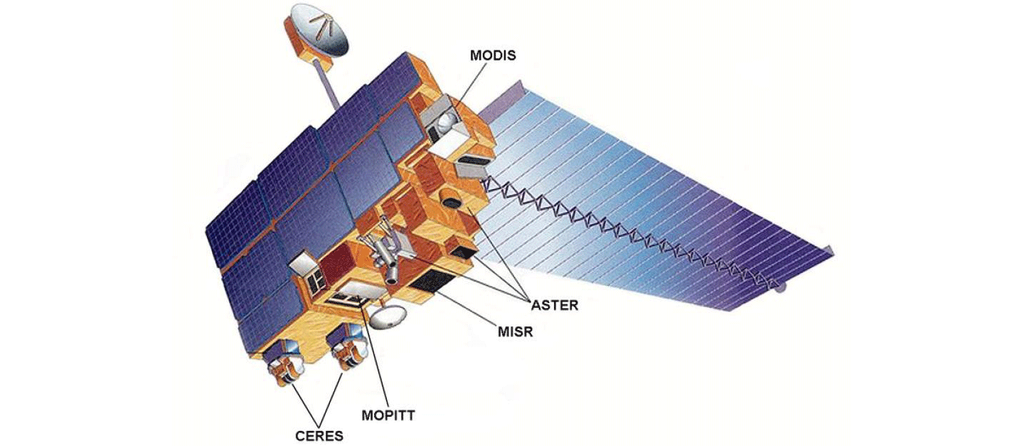1 min read
Cassiopeia A (MIRI Image)
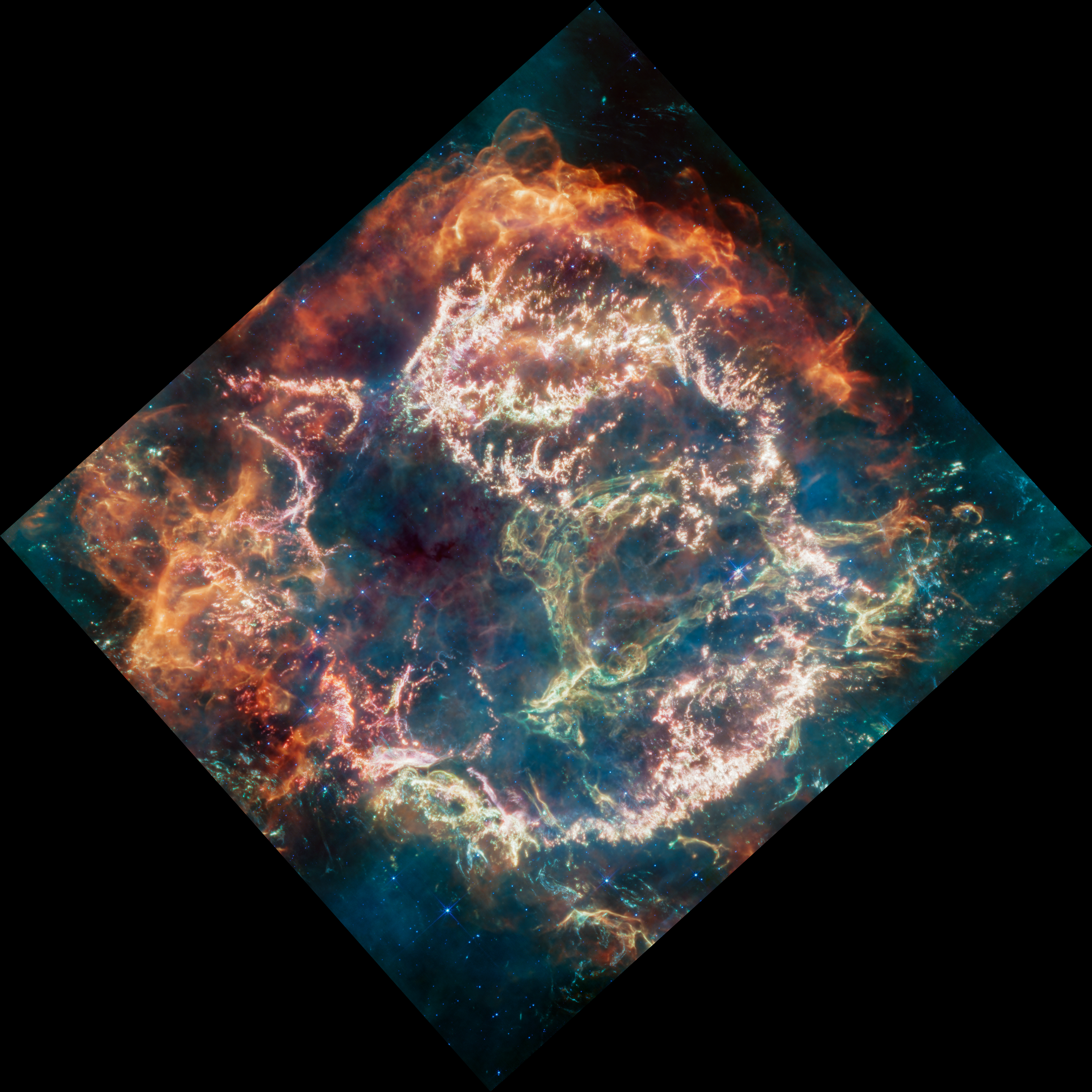
Cassiopeia A (Cas A) is a supernova remnant located about 11,000 light-years from Earth in the constellation Cassiopeia. It spans approximately 10 light-years. This new image uses data from Webb’s Mid-Infrared Instrument (MIRI) to reveal Cas A in a new light.
On the remnant’s exterior, particularly at the top and left, lie curtains of material appearing orange and red due to emission from warm dust. This marks where ejected material from the exploded star is ramming into surrounding circumstellar material.
Interior to this outer shell lie mottled filaments of bright pink studded with clumps and knots. This represents material from the star itself, and likely shines due to a mix of various heavy elements and dust emission. The stellar material can also be seen as fainter wisps near the cavity’s interior.
A loop represented in green extends across the right side of the central cavity. Its shape and complexity are unexpected and challenging for scientists to understand.
This image combines various filters with the color red assigned to 25.5 microns (F2550W), orange-red to 21 microns (F2100W), orange to 18 microns (F1800W), yellow to 12.8 microns (F1280W), green to 11.3 microns (F1130W), cyan to 10 microns (F1000W), light blue to 7.7 microns (F770W), and blue to 5.6 microns (F560W). The data comes from general observer program 1947.
MIRI was contributed by NASA and ESA, with the instrument designed and built by a consortium of nationally funded European Institutes (the MIRI European Consortium) and NASA’s Jet Propulsion Laboratory, in partnership with the University of Arizona.
About the Object
- R.A. PositionR.A. PositionRight ascension – analogous to longitude – is one component of an object's position.23:23:24.00
- Dec. PositionDec. PositionDeclination – analogous to latitude – is one component of an object's position.+58:48:54.00
- ConstellationConstellationOne of 88 recognized regions of the celestial sphere in which the object appears.Cassiopeia
- DistanceDistanceThe physical distance from Earth to the astronomical object. Distances within our solar system are usually measured in Astronomical Units (AU). Distances between stars are usually measured in light-years. Interstellar distances can also be measured in parsecs.11,090 light-years
- DimensionsDimensionsThe physical size of the object or the apparent angle it subtends on the sky.Image is about 24 light-years across
About the Data
- Data DescriptionData DescriptionProposal: A description of the observations, their scientific justification, and the links to the data available in the science archive.
Science Team: The astronomers who planned the observations and analyzed the data. "PI" refers to the Principal Investigator.This image was created with Webb data from proposal: 1947 (D. Milisavljevic).
- InstrumentInstrumentThe science instrument used to produce the data.MIRI
- Exposure DatesExposure DatesThe date(s) that the telescope made its observations and the total exposure time.August 4, 2022
- FiltersFiltersThe camera filters that were used in the science observations.F560W, F770W, F1000W, F1130W, F1280W, F1800W, F2100W, F2550W
- Object NameObject NameA name or catalog number that astronomers use to identify an astronomical object.Cassiopeia A; SNR G111.7-02.1
- Object DescriptionObject DescriptionThe type of astronomical object.Supernova remnant
- Release DateApril 7, 2023
- Science ReleaseWebb Reveals Never-Before-Seen Details in Cassiopeia A
- CreditImage: NASA, ESA, CSA, Danny Milisavljevic (Purdue University), Tea Temim (Princeton University), Ilse De Looze (UGhent); Image Processing: Joseph DePasquale (STScI)

These images are a composite of separate exposures acquired by the James Webb Space Telescope using the MIRI instrument. Several filters were used to sample wide wavelength ranges. The color results from assigning different hues (colors) to each monochromatic (grayscale) image associated with an individual filter. In this case, the assigned colors are: Blue: F560W, Light Blue: F770W, Cyan: F1000W, Green: F1130W, Yellow: F1280W, Orange: F1800W, Red: F2100W+F2550W

Related Images & Videos
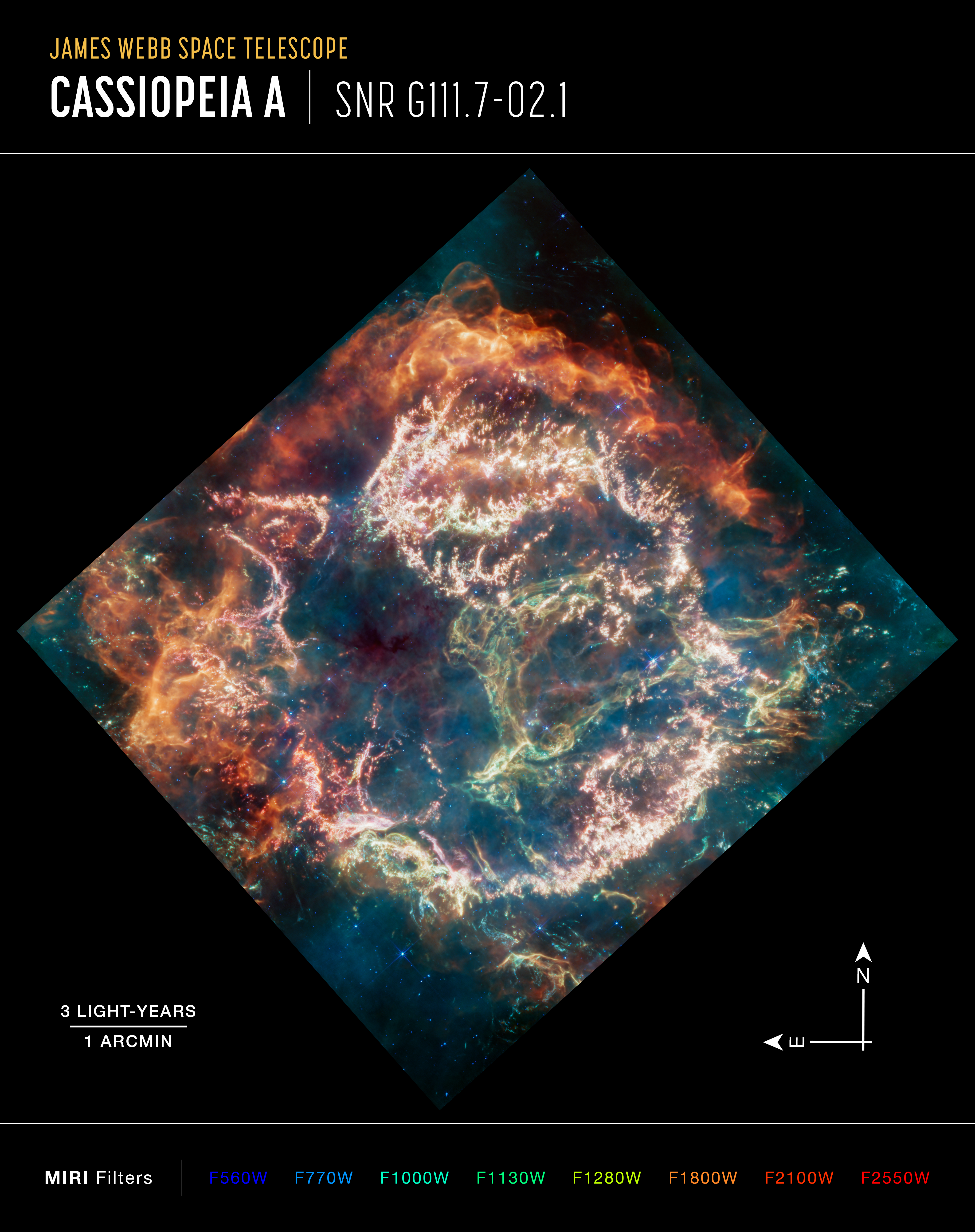
Cassiopeia A (MIRI Compass Image)
This image of the Cassiopeia A supernova remnant, captured by Webb’s Mid-Infrared Instrument (MIRI), shows compass arrows, scale bar, and color key for reference. The north and east compass arrows show the orientation of the image on the sky. Note that the relationship between...
Share
Details
Laura Betz
NASA’s Goddard Space Flight Center
Greenbelt, Maryland
laura.e.betz@nasa.gov
NASA, ESA, CSA, Danny Milisavljevic (Purdue University), Tea Temim (Princeton University), Ilse De Looze (UGhent)
Joseph DePasquale (STScI)



